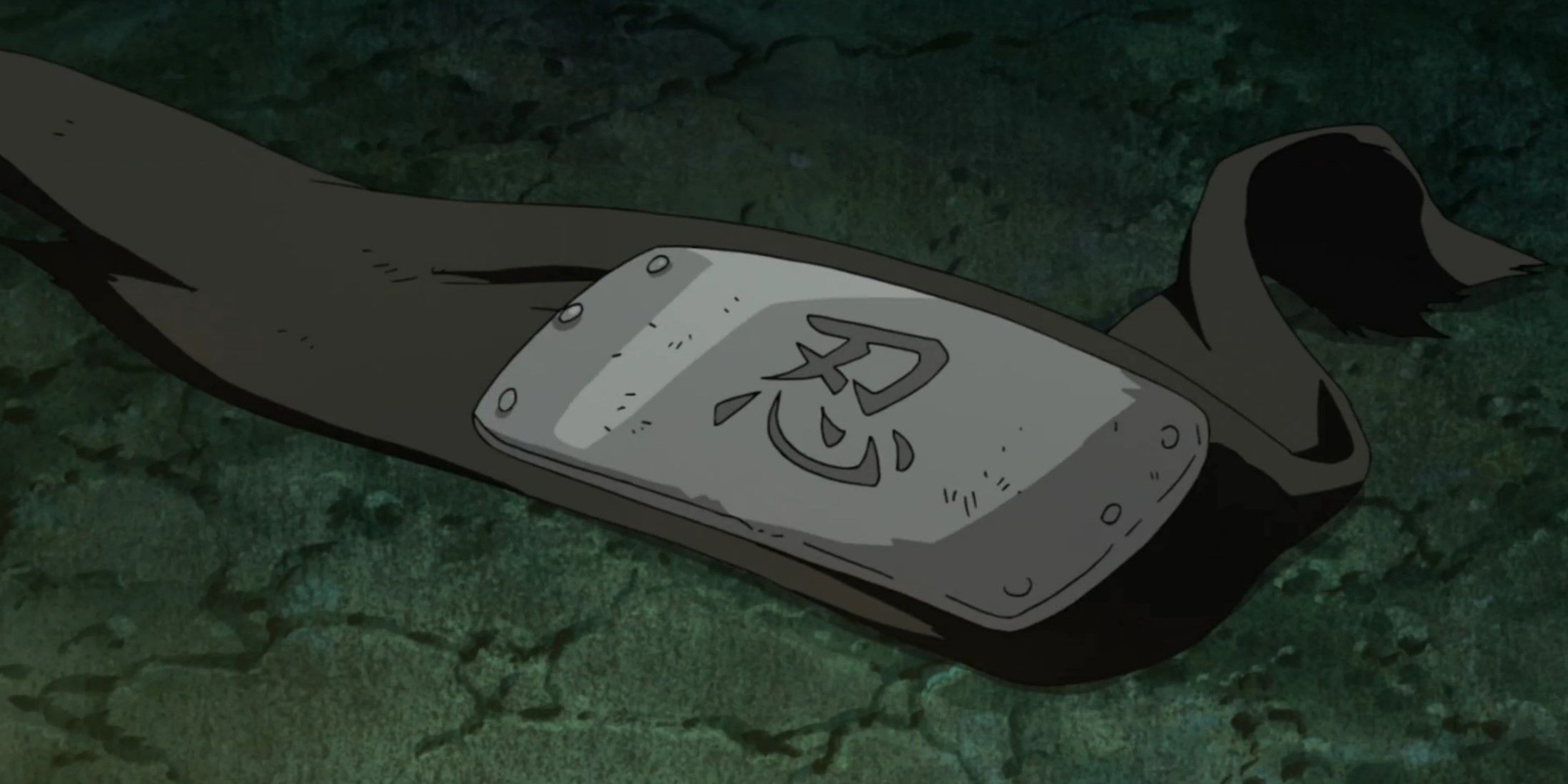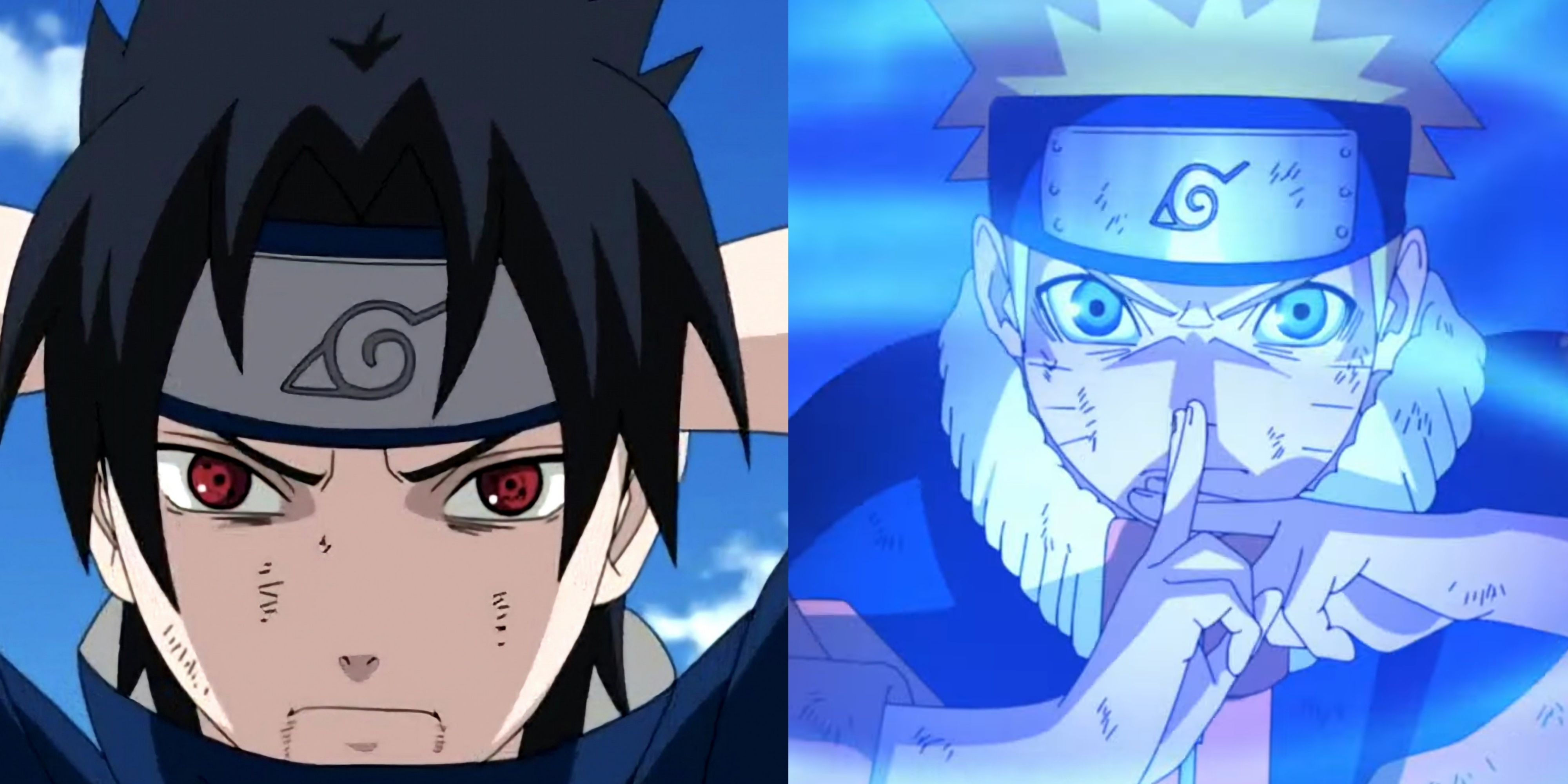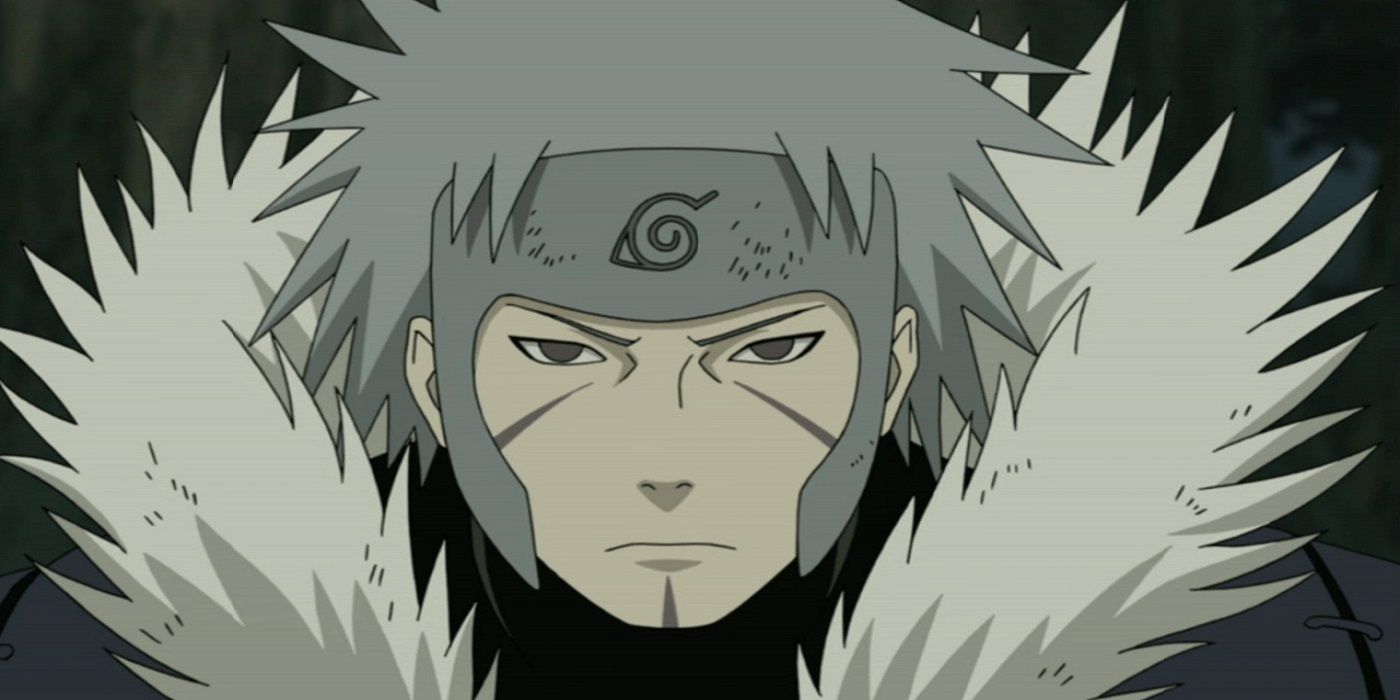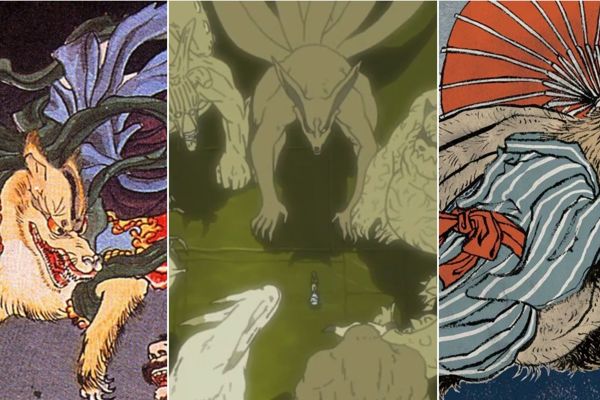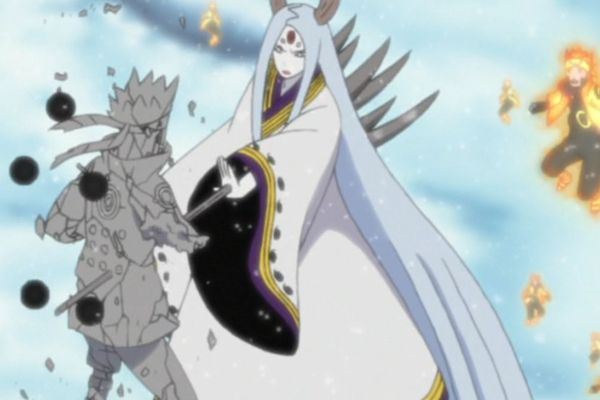
The Hidden Secrets Behind Naruto's Forehead Protectors Revealed

Discover the deep-rooted significance of forehead protectors in the world of Naruto Explore their role as a symbol of village loyalty and the crucial part they play in the intense Naruto-Sasuke conflict Uncover how shinobi obtain these protectors and the diverse ways in which they are worn
Highlights
Forehead protectors in Naruto serve as a symbol of a shinobi's allegiance to their village or organization.
Shinobi take immense pride in donning their forehead protectors, symbolizing their rank and successful training completion.
Certain shinobi may opt to deface or discard their forehead protectors as a sign of their disassociation from their village.
Forehead protectors are a common element in character designs in Naruto, reflecting a shinobi's loyalty to their village or organization. In some cases, these protectors can even become a distinctive feature of a character's appearance. Throughout Naruto, forehead protectors hold significant symbolism, as seen with Sasuke Uchiha's protector, which represents his connection to Konohagakure and his friendship with Naruto Uzumaki.
Typically, forehead protectors consist of a basic headband with a metal plate engraved with the symbol of the shinobi's hidden village. Wearing these protectors is deeply rooted in shinobi traditions worldwide, with most ninjas taking great pride in them. On the other hand, shinobi who leave their villages or are expelled often discard or deface their protectors, symbolizing their disassociation from the village.
How Do Shinobi Acquire Forehead Protectors?
Masashi Kishimoto, the creator of Naruto, initially replaced Naruto's complicated goggles with a forehead protector in his character design. This change made it easier for Kishimoto to draw the protagonist after he graduated from Konohagakure's Academy. Forehead protectors are traditionally given to shinobi after they complete their training at their village academies. This marks their transition from the education system to becoming fully-fledged shinobi known as genin.
In the Genin Exams in Konohagakure, a new addition to the curriculum involves participants being given a white bandanna, symbolizing their "life." After completing the exam, the bandannas are transformed by the proctor using the Transformation Jutsu, revealing them to be forehead protectors for those who have successfully passed.
Why Are Forehead Protectors Important?
Shinobi wear their forehead protectors as a symbol of pride and respect for their village and traditions. It is customary for them to wear the protectors during missions and sparring with fellow village members. There is a ceremonial significance to wearing the forehead protector, signifying a level of respect between shinobi competitors.
On the other hand, not wearing a forehead protector can sometimes be perceived as a sign of dissent or disrespect towards one's village, although this is not always the case. Some shinobi remain immensely loyal to their village even without wearing the protector. This is evident in the example of Jiraiya, who wears a distinctive horned metal protector engraved with the kanji for "oil," representing his affiliation with the toads of Mount Myobuku, where he gained expertise in senjutsu. Furthermore, it is worth noting that most Anbu operatives also choose not to wear forehead protectors.
Returning one's forehead protector is typically considered dishonorable, as it is usually done when a shinobi is stripped of their rank. By giving up their forehead protector, the individual signifies that they are not worthy of being a shinobi affiliated with their village. This was demonstrated when Boruto was caught cheating during the Chunin Exams and Naruto forced him to surrender his forehead protector.
Additionally, the Allied Shinobi Forces forehead protector, created by Mifune, the General of the Land of Iron's samurai, played a significant role in the lead-up to the Fourth Shinobi World War. Unlike most forehead protectors that bear village insignias, this one features the kanji for "shinobi" engraved on it. This symbolizes the unity of all ninja who were previously divided by conflicts between villages, now united under a common cause.
What Are The Different Ways In Which Shinobi Wear Them?
Some rogue ninjas, like Zabuza Momochi and Haku, continued wearing their forehead protectors even after leaving their village, Kirigakure. Conversely, the members of the Akatsuki all modified their forehead protectors, carving horizontal scratches over their village emblems to show their disassociation. The Amegakure shinobi who aligned with Pain also continued wearing their forehead protectors, but with the same horizontal scratches, symbolizing their loyalty to the village while expressing disdain for their former leader.
In addition to the traditional headband style, certain shinobi, like Sakura Haruno, used their forehead protectors as hair accessories. This fashion choice was also seen with Hayate Gekko, Ebisu, and Ibiki Moreno, who wore their forehead protectors as bandannas, or with Hinata Hyuga and Temari, who tied theirs around their necks. Kankuro, on the other hand, fastened the forehead protector of Sunagakure to the hood of his clothing.
Shikamaru Nara secured his forehead protector around his upper left arm, while Might Guy, Rock Lee, and Metal Lee opted to wear their forehead protectors as belts, similar to how Ino Yamanaka wore hers in Part I of Naruto. Kakashi Hatake cleverly utilized his to cover his Sharingan, functioning as a makeshift eye patch. In contrast, Tobirama Senju and Yamato sported unique happuri-style forehead protectors crafted entirely from metal. Although most forehead protectors are navy blue, various other colors such as black, crimson, white, and purple have also been observed.
Naruto can be streamed on Crunchyroll.
